Takht-i-Bahi
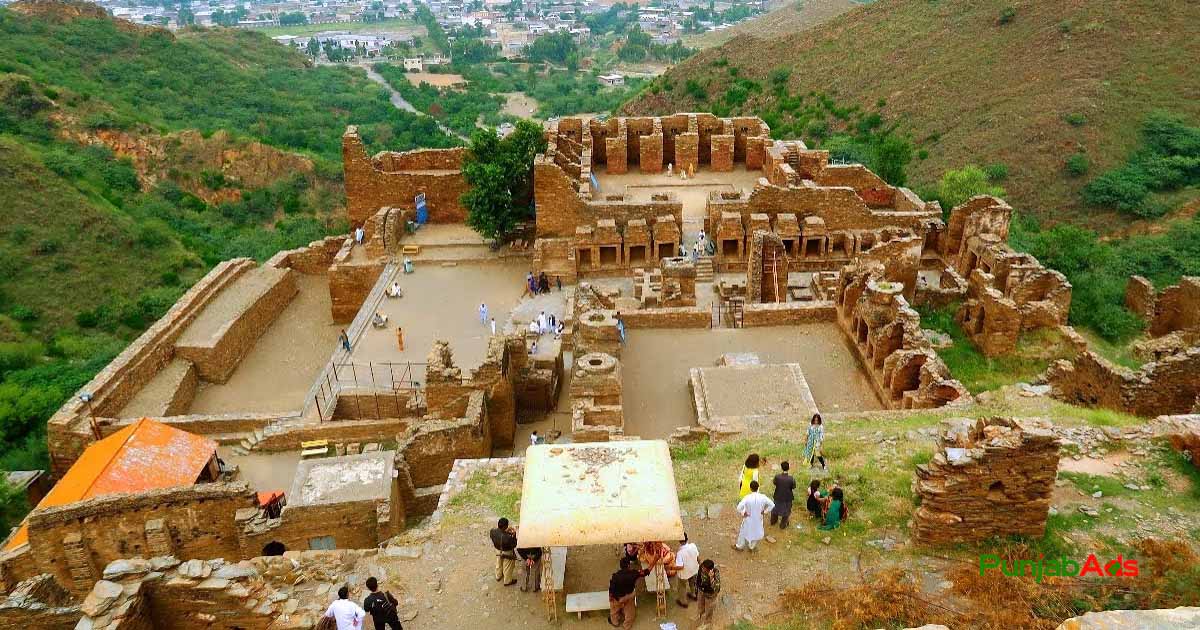
Introduction
Takht-i-Bahi is a renowned archaeological site in Mardan District, Khyber Pakhtunkhwa, Pakistan. This Buddhist monastic complex dates back to the 1st century CE and is one of the most well-preserved ancient Buddhist sites in the region.
Historical Background
Believed to have been founded in the early Kushan period, Takht-i-Bahi served as a thriving center of Buddhist learning and worship. The site remained in use until the 7th century and provides rich insight into early Buddhist culture.
Architecture and Features
- Main Stupa Court: A central stupa surrounded by smaller votive stupas and chapels.
- Monastic Chambers: Numerous rooms believed to be meditation cells for monks.
- Assembly Hall: A large space used for teaching and discussion.
Cultural Significance
As a UNESCO World Heritage Site, Takht-i-Bahi is a symbol of Pakistan's rich Buddhist heritage. Its elevated hilltop location provided protection, helping preserve the site over centuries.
Quick Facts
- Location: Mardan District, Khyber Pakhtunkhwa, Pakistan
- Founded: 1st Century CE
- UNESCO World Heritage Site: Since 1980
- Type: Buddhist monastic complex
- Status: Archaeological preserve
Image Gallery
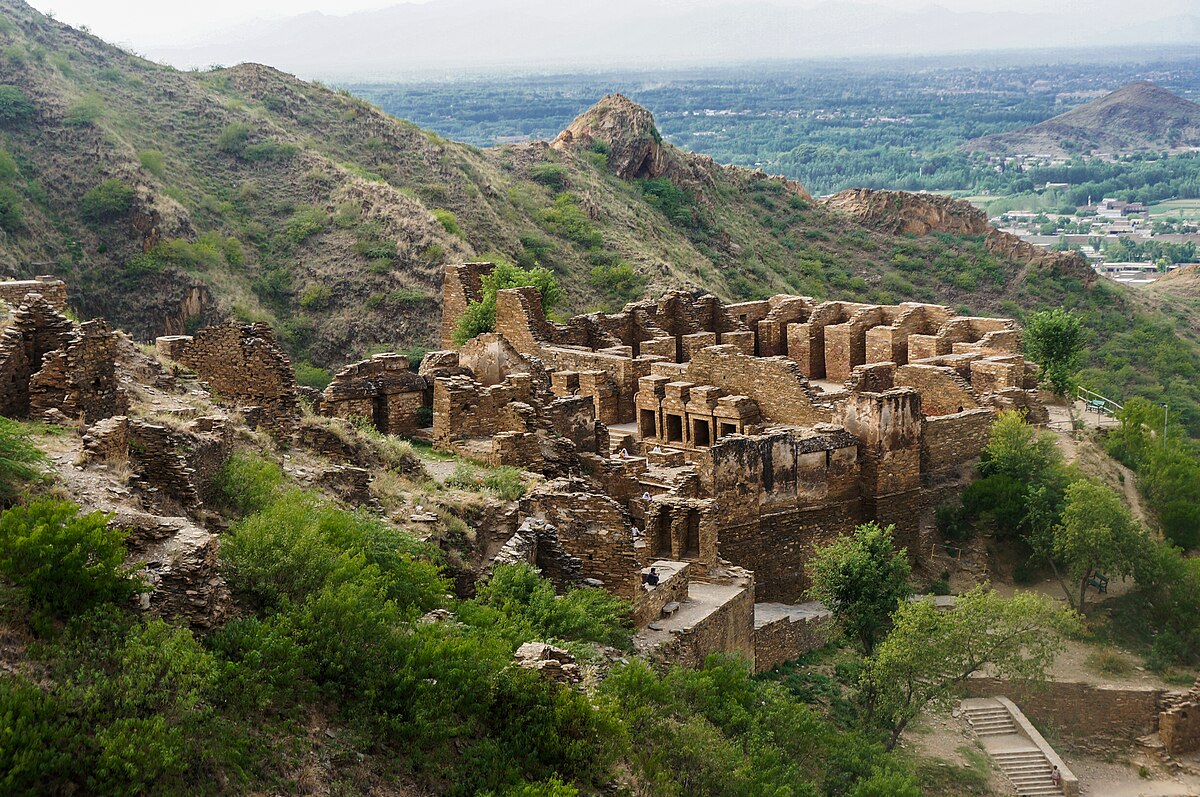
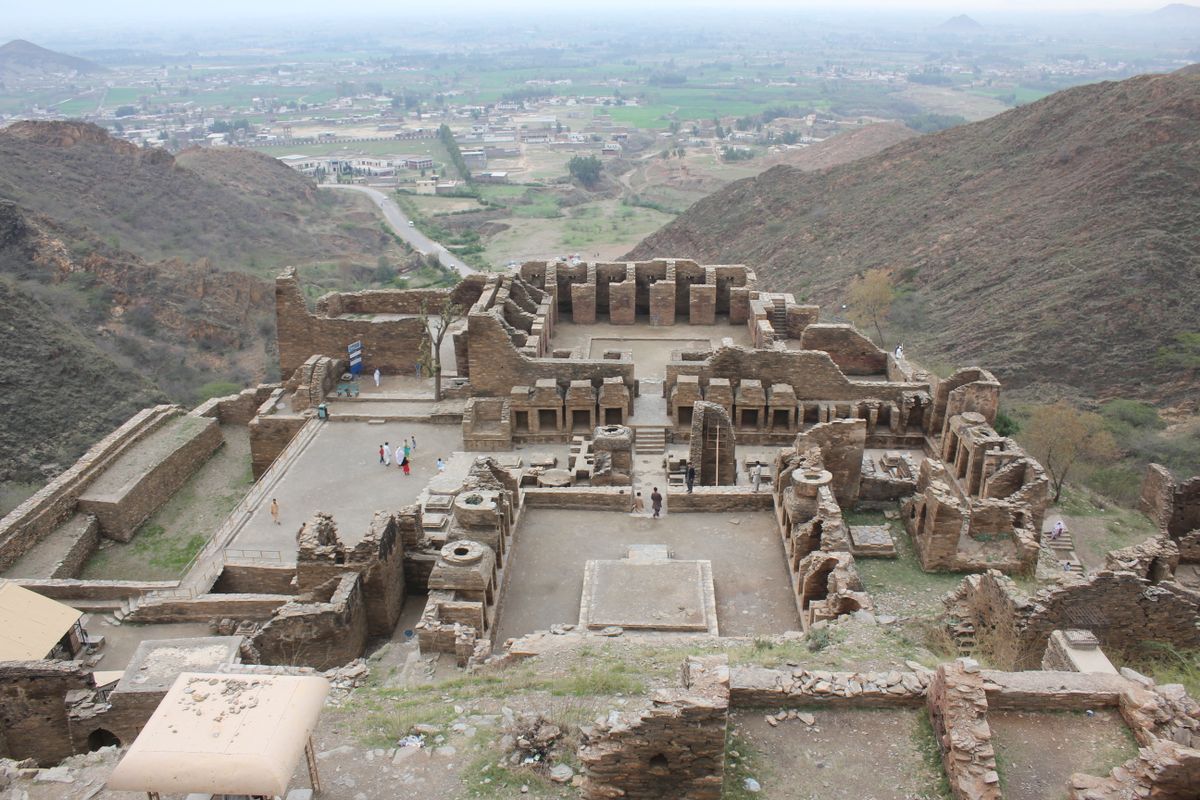
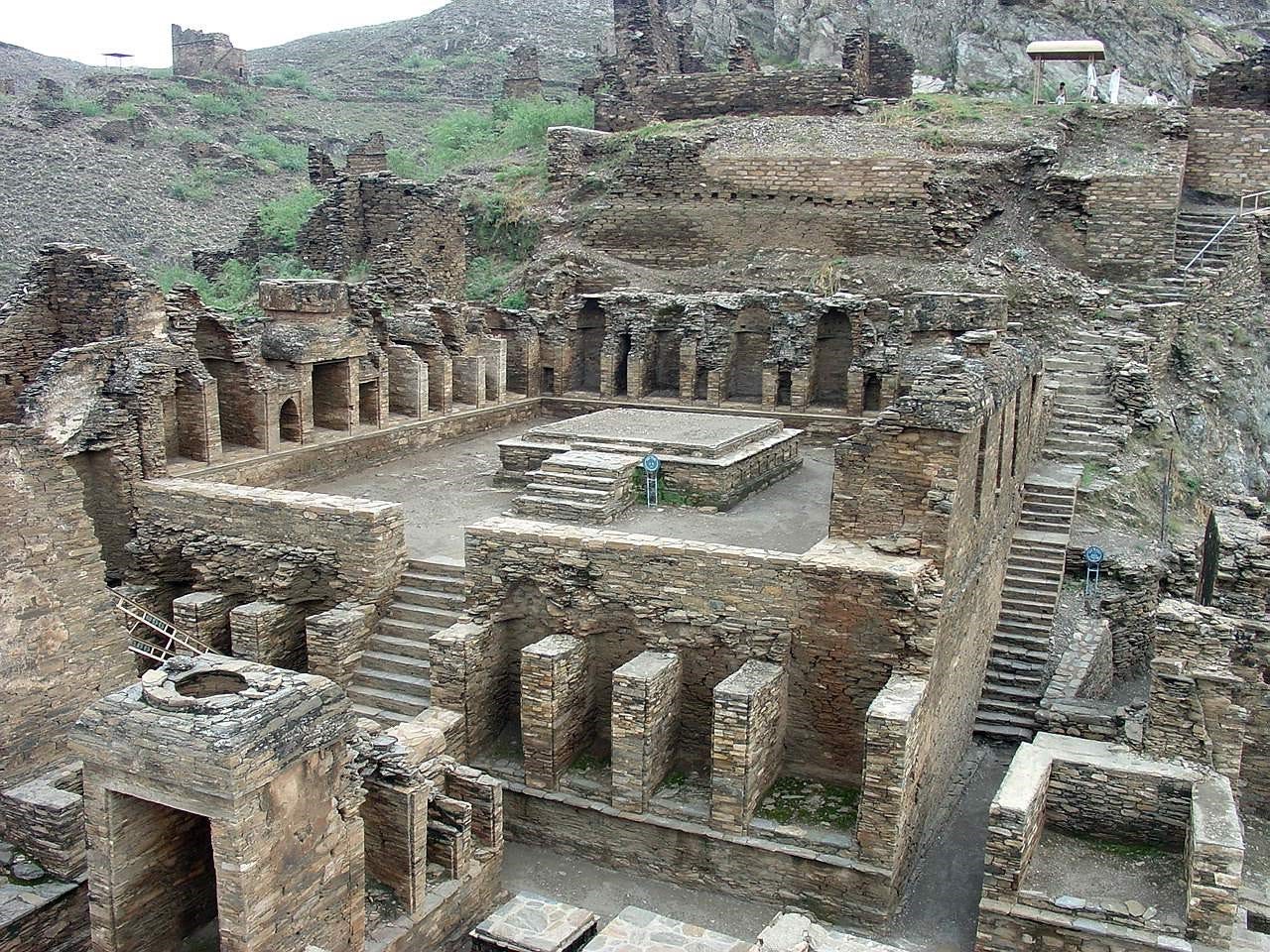
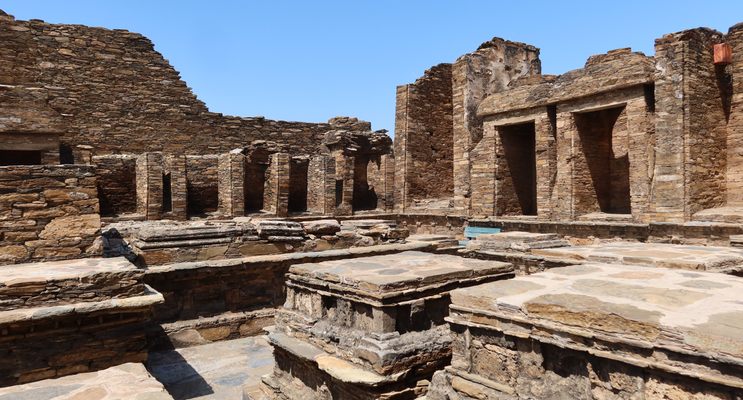
Takht-i-Bahi
Location: Mardan, Khyber Pakhtunkhwa
A UNESCO-listed Buddhist monastic site from the 1st century, offering a glimpse into early Buddhist religious life.
Learn more